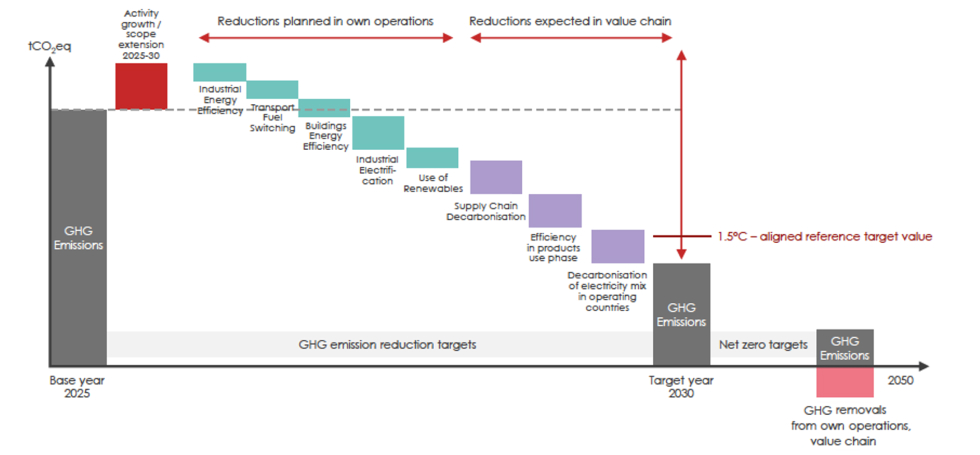2. Smarter
energy sourcing
No matter how much you’ve managed to reduce your total demand, you’ll most likely still face a significant quantity of energy to source. “For many companies, these invoices can get pretty complex,” says Michael. “Some businesses, like telecom operators or retailers, have hundreds or even thousands of metering points across different regions, and need to pay multiple providers and grid operators. In these situations, getting a clear view of total energy consumption could be a major challenge.”
In order to negotiate the best energy prices, however, you need to create an ‘energy consumption profile’. Michael: “Start by analyzing all the historical data, identifying cyclical and annual trends, and taking into account any planned strategical or operational changes. Only when you have a very detailed view of your energy needs in terms of volume, profile, quality and origin will you be able to prepare your RFPs, negotiate and contract the best conditions. Quite often, there is already a positive business case for speeding up the transition from analog to smart meters.”

“The benefits of efficient energy procurement, hedging and budgeting are a lower risk of unforeseen charges, hidden fees, and costs, more informed load forecasting, reliable sources, and control over your energy costs and types. It also allows you to make demands in terms of energy quality and sustainability from green sources.”





/Office_Ghent_2022-(1).webp?mode=autocrop&w=320&h=240&attachmenthistoryguid=31a79787-261d-43ab-a773-1884de6e9ad8&v=&focusX=1102&focusY=1427&c=63bb5030b8b2679a6441f4f59efda074472b69e83bdc90792d60efd02248f596)
/connected_transformation_operations-banner-3200x500-(1).webp?mode=autocrop&w=320&h=240&attachmenthistoryguid=b8b51762-7dea-4c76-b600-ed7457a1256f&v=&focusX=2340&focusY=98&c=41cf86fbdf2a328f6a85338b62dc5e5b756cc43d904f5fd2ecdf1dfc785955e5)
/AdobeStock_300103402-(1).webp?mode=autocrop&w=320&h=240&attachmenthistoryguid=95a3a9f6-e259-4dc9-bae2-09886d7719a4&v=&c=ffa8cb4109c77ae5040edb058e83e581c243a59d38a25a4d55225b893c0307e9)